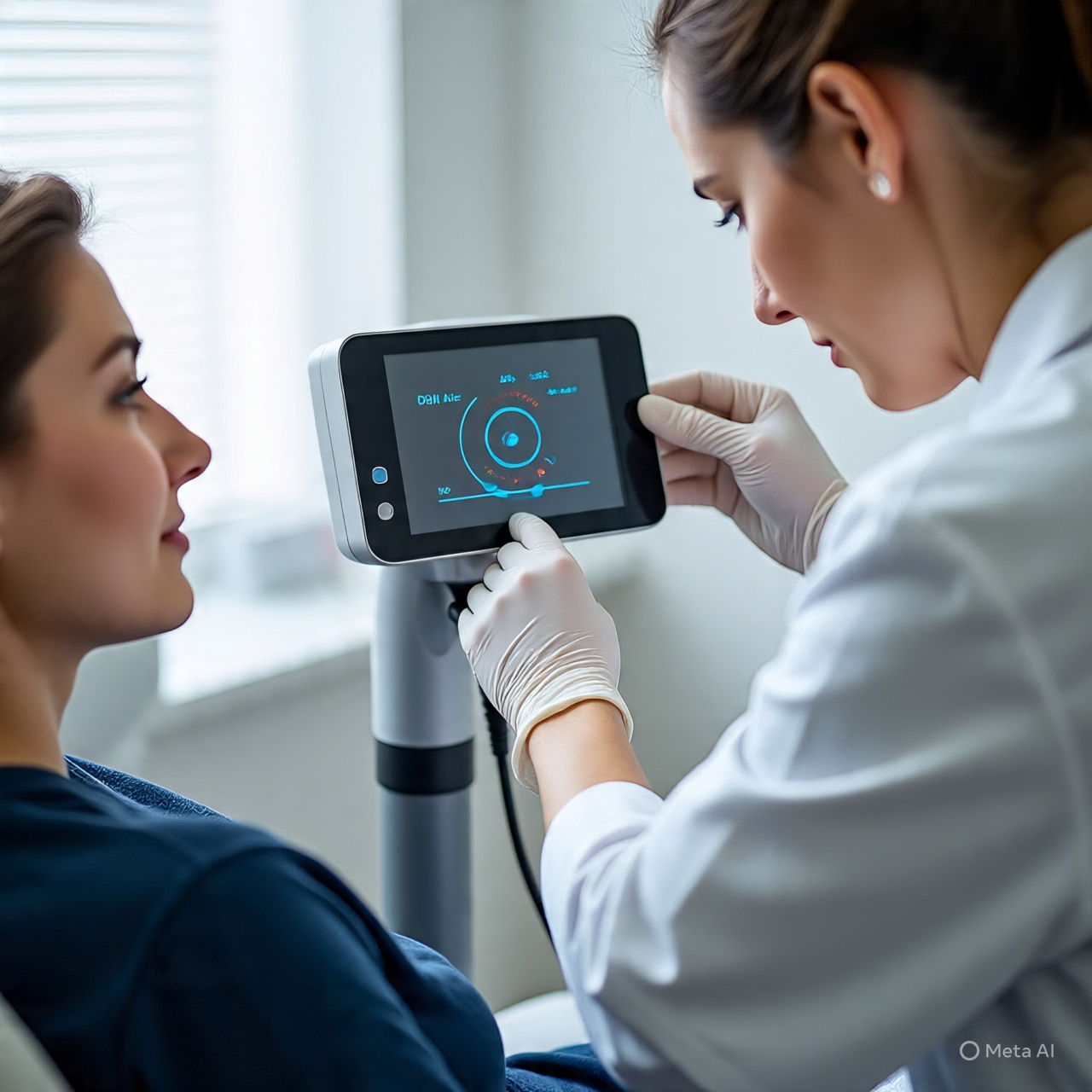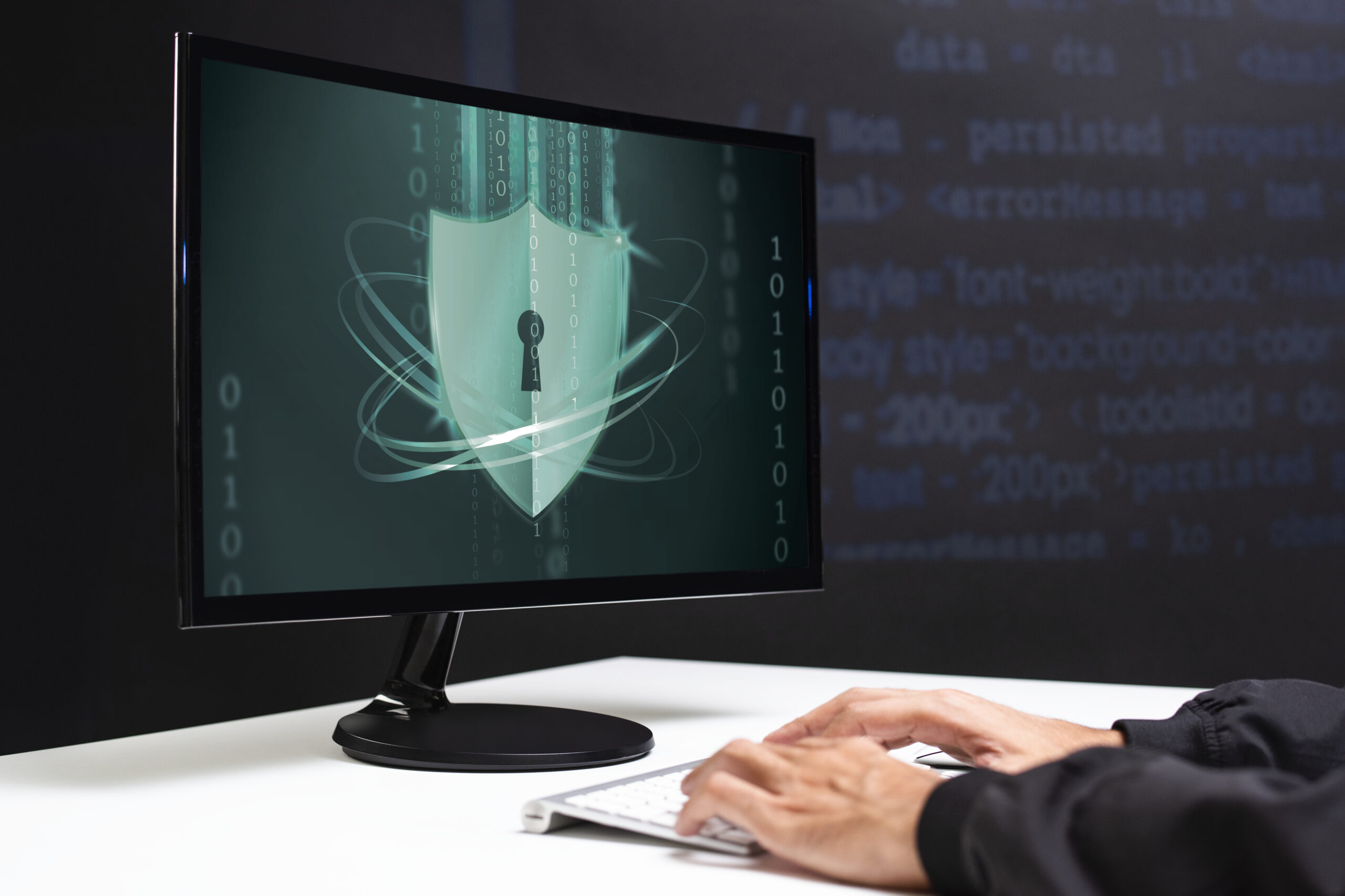When precision meets practicality, innovation flourishes. That’s the story of the DGH A, a compact, portable ultrasound biometer that is changing the game in ophthalmic diagnostics. Whether you’re an ophthalmologist navigating complex cataracts or a technician seeking affordable, accurate axial length measurements, this device offers a solution that’s both robust and user-friendly.
In this article, we’ll delve deep into what the DGH A (also known as the Scanmate A) offers, how it works, and why it’s gaining popularity in clinics around the world. We’ll also compare it to other biometry systems, highlight its benefits, and answer common questions.
What Is the DGH A?
The DGH A, short for Digital Guided High-resolution A-scan, is a USB-powered ultrasound biometer used in ophthalmology for measuring axial length. Designed for ease of use and portability, it is most commonly recognized by its product name, Scanmate A.
Manufactured by DGH Technology, a well-established name in ophthalmic diagnostic devices, the DGH A delivers high-resolution A-scan ultrasonography that provides fast, accurate measurements for calculating intraocular lens (IOL) power before cataract surgery.
How the DGH A Works
The DGH A uses contact or immersion ultrasound technology to measure the length of the eye from the corneal surface to the retina. These measurements are crucial for calculating the correct IOL power needed during cataract surgery.
The device connects via USB to a PC or laptop and is operated through dedicated software that records, displays, and analyzes the ultrasound signals.
Here’s a simplified overview of how it works:
- Transducer Contact: The probe is gently placed on the cornea (contact mode) or immersed in a fluid-filled shell (immersion mode).
- Sound Wave Transmission: High-frequency sound waves are emitted and bounce back from the eye’s internal structures.
- Signal Interpretation: The returning echoes are interpreted by the software, providing an accurate axial length measurement.
- Data Output: Measurements are used to calculate IOL power via integrated formulas like SRK/T, Hoffer Q, and Holladay.
Key Features of the DGH A
The DGH A offers several standout features that set it apart from bulkier, more expensive systems:
1. Compact and Portable
- USB-powered: No bulky power supply required.
- Lightweight probe fits easily into mobile setups.
- Ideal for satellite offices, mobile clinics, and remote missions.
2. High Accuracy and Repeatability
- Accuracy within ±0.1 mm.
- Repeatable results, even in dense cataracts or media opacities where optical devices fail.
3. Advanced Software Integration
- Customizable IOL calculation formulas.
- Integration with EMR systems.
- Real-time waveform analysis.
4. Versatile Measurement Modes
- Supports both contact and immersion techniques.
- Immersion mode improves accuracy and reduces corneal compression artifacts.
5. Cost-Effective Solution
- Lower price point than optical biometers.
- Reduced overhead without sacrificing quality.
Applications in Clinical Practice
The DGH A is an essential tool in various ophthalmic settings:
Cataract Surgery
- Determines axial length for IOL power calculation.
- Useful when optical biometry (e.g., IOLMaster or Lenstar) cannot be used.
Pediatric Ophthalmology
- Allows measurement in uncooperative or sedated children.
- Portable design suits bedside or outpatient settings.
Global Health & Outreach
- Compact and durable enough for humanitarian eye camps.
- Operates with minimal infrastructure.
Comparison With Other A-Scan Biometry Devices
Let’s examine how the DGH A stacks up against other common A-scan or optical biometry systems:
| Feature | DGH A (Scanmate A) | IOLMaster 700 | Tomey OA-2000 | Alcon Ocuscan RxP |
|---|---|---|---|---|
| Technology | Ultrasound (A-Scan) | Optical Biometry (SS-OCT) | Optical Biometry | Ultrasound (A-Scan) |
| Accuracy | High | Very High | Very High | Moderate |
| Cataract Penetration | Excellent | Poor in dense cataracts | Moderate | Good |
| Portability | Excellent | Poor | Moderate | Moderate |
| Cost | Low | High | High | Moderate |
| EMR Integration | Yes | Yes | Yes | Limited |
Tips for Optimal Use
To maximize the DGH A’s performance:
1. Ensure Proper Probe Alignment
- Avoid tilting or pressing too hard.
- Misalignment can cause inaccurate axial length.
2. Use Immersion When Needed
- For better accuracy and to avoid corneal compression.
- Especially helpful in short or irregular eyes.
3. Train Staff Thoroughly
- Proper training reduces error.
- Familiarity with software ensures faster workflow.
4. Keep Equipment Clean
- Disinfect the probe after each use.
- Store in a dry, dust-free environment.
Maintenance and Troubleshooting
Regular maintenance ensures longevity and consistent results:
- Daily Checks: Confirm probe connection and software calibration.
- Weekly Cleaning: Use manufacturer-approved disinfectant wipes.
- Firmware Updates: Regularly check for DGH software upgrades.
- Troubleshooting Tips:
- No signal? Check USB and probe connection.
- Inconsistent readings? Switch to immersion mode or recalibrate.
FAQs
Q1: What does the “A” in DGH A stand for?
Answer: It stands for A-scan, which refers to a type of ultrasound biometry that measures the eye’s axial length using amplitude-modulated sound waves.
Q2: Is the DGH A compatible with modern EMR systems?
Answer: Yes. The DGH A software includes EMR integration options, allowing seamless data transfer and storage.
Q3: Can the DGH A be used for patients with dense cataracts?
Answer: Absolutely. One of its main advantages is effective axial length measurement in dense cataracts where optical devices may fail.
Q4: Does it support both contact and immersion techniques?
Answer: Yes, the device supports both methods, giving users flexibility based on patient needs and measurement conditions.
Q5: How is it powered?
Answer: The DGH A is USB-powered, which adds to its portability. It requires only a laptop or desktop computer for operation.
Q6: Is it easy to learn and operate?
Answer: Yes. The user interface is intuitive, and most clinicians or technicians can master it with minimal training.
Q7: How often does it need calibration?
Answer: Routine calibration is software-guided and should be verified weekly or before high-volume use, depending on clinic protocols.
Q8: What is the typical cost of the DGH A?
Answer: While prices may vary, the DGH A is significantly more affordable than optical biometers, often ranging from $6,000–$10,000 depending on region and supplier.
Q9: Is it suitable for pediatric patients?
Answer: Yes. Its portability and fast measurement capabilities make it useful in pediatric settings, especially for non-cooperative children.
Q10: What’s the difference between the DGH A and optical biometers?
Answer: The main difference is the technology used. Optical biometers use light-based methods (like interferometry), while the DGH A uses ultrasound. Optical systems may fail in dense cataracts, where ultrasound excels.
Conclusion
In today’s fast-paced and budget-conscious clinical environments, tools that offer high performance without complexity or exorbitant cost are invaluable. The DGH A (Scanmate A) fills that niche with excellence. Its portability, precision, and reliability make it a standout choice for ophthalmic practices of all sizes.
Whether you’re expanding your diagnostic toolkit, looking for a reliable backup to optical biometry, or setting up a satellite clinic, the DGH A offers a smart and effective solution. With minimal training and maintenance, this compact device delivers results you can trust—every single time.



